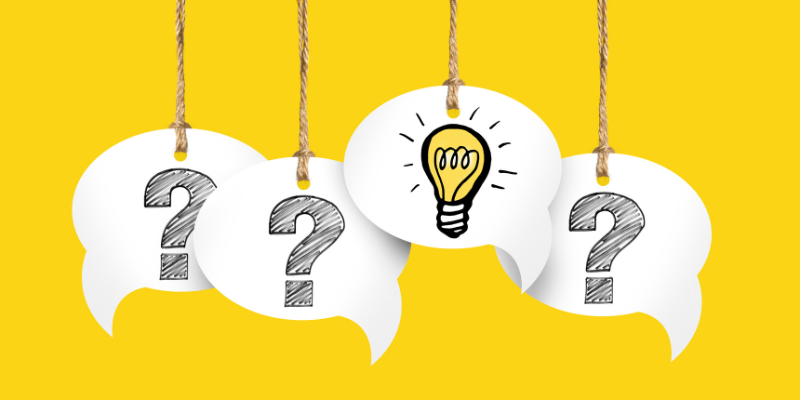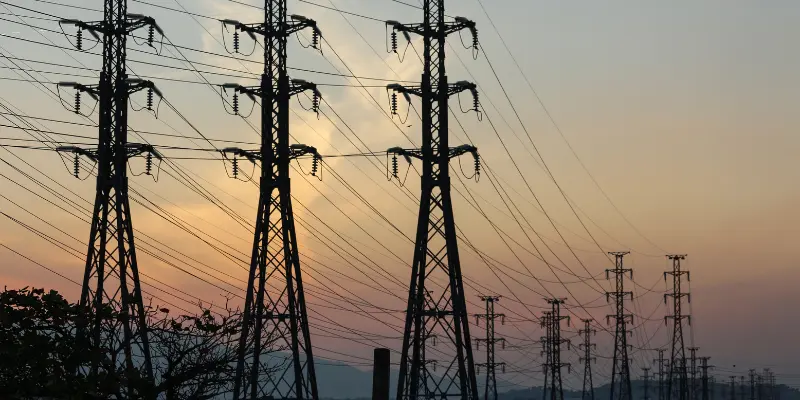You’ve heard about Thomas Edison and his lightbulb, as well as Benjamin Franklin’s famous kite experiment. And you may even think they invented electricity. But electricity as a concept and as a modern convenience has a more complex history extending over multiple centuries.
Who Discovered Electricity?
Electricity wasn’t so much invented as discovered. But who found electricity first?
The first observable instance of electricity goes back to Ancient Egypt, where some noted the shock-like effect of electric fish on human skin.
From here, notable individuals and developments include:
- Thales of Miletus: Around 600 BC, this Greek philosopher rubbed amber with fur and saw static electricity in action.
- William Gilbert: During the 16th century, Gilbert created the term electricity from elektron, the Greek word for amber. He was also the first person to use the terms electric force, magnetic pole, and electric attraction.
- Benjamin Franklin: During the 18th century, Franklin conducted multiple experiments to observe electricity and the path lightning takes. His studies — most notably, his kite experiment — led to the creation of the lightning rod.
- Alessandro Volta: Toward the beginning of the 19th century, this Italian physicist designed a battery capable of generating a consistent electric current.
- Michael Faraday: Leading developments in electromagnetism and electrochemistry, this British scientist created an electric motor. Toward the end of the 19th century, this technology would end up powering factories and more complex systems with steam or water. He also uncovered the concept of electromagnetic induction.
- James Clerk Maxwell: Much of the present’s understanding of electromagnetic fields goes back to this Scottish physicist. In the mid-19th century, Maxwell found that electricity, magnetism and light all derive from a single source.
- Thomas Edison: Two electricity inventions are attributed to Edison: the incandescent light bulb and power distribution via direct current (DC). Edison showcased his first invention in 1879 and soon after launched what’s considered the first investor-owned electric utility provider.
- Nikola Tesla: Tesla developed the alternating current (AC) system, which has since allowed for wide-scale electricity transmission and commercialization.

Electricity: Common Terms & Definitions
If you are researching electricity for a term paper or school report, here are some definitions you may need:
Electricity: A form of energy observable in positive and negative forms that occurs naturally (as in lightning) or is produced (as in a generator) and that is expressed in terms of the movement and interaction of electrons. (Source: Merriam-Webster) Electricity is the flow of an electrical charge through a conductor.
Electrical charge: An electrical charge occurs when atoms exchange electrons.
Direct Current (DC): An electric current that is one direction, so the flow of the charge is continuous at the same level. Direct Current was developed and promoted by Thomas Edison.
Alternating Current (AC): An electric current that periodically reverses direction a certain number of times per second (60 in the US) allowing it to be converted to higher or lower voltages and more easily transmitted over long distances. Nikola Tesla developed and promoted this alternative to DC. This article on Energy.gov gives some great commentary on the “War of the Currents” in the 1880s as Tesla and Edison faced off in promoting AC vs. DC.
Kilowatt-hour (kWh): A kilowatt-hour is a unit of measure for energy usage. It’s using one kilowatt of power (1000 watts) used for one hour. It’s abbreviated as kWh. (You can find more on kilowatt-hour vs. kilowatt vs. watt in our article on that topic, including a kWh calculator tool.)
Interesting Fact: Power in your home is alternating current, but devices that use batteries, such as laptop computers, rely on direct current for charging. This is why you’ll find a converter tied in to your computer cord; it’s a a AC to DC converter.
The Growth of Electricity in America
What’s between static electricity, lightbulbs and the vast grid systems our states and country use today?
Some date the rapid electrification of our country to the invention of the telegraph by Samuel Morse in the 1830s, and the telephone lines that sprung up in response.
Then, beginning in the 1920s, communities saw more homes outfitted with electrical systems to support lighting. This development evolved to accommodate refrigerators, washing machines, television in the 1940s and 1950s, and eventually the internet through the century’s end.
Today, the U.S. has over 1,600 electric utility companies that deliver power to over 140 million consumers. Grid infrastructure and a network of power lines ensure all these people, whether homeowners, apartment-dwellers or business owners, receive energy.

How Electricity Gets To Your Home
The basics of electricity generation and how it gets to your home
- A power station generates electricity using sources like coal, nuclear power, gas, wind or solar.
- This energy flows through the grid into your area, where a substation with transformers reduces its voltage.
- As electricity travels over the power lines, the service poles cut its voltage again.
- Once it reaches your home, the electricity passes through your meter to power your home.
You can find more information on electricity generation, deregulation and the flow of power from generation to your home in our article Electricity Explained: From Flow to Dough.
Many states in the U.S. have opted to deregulate electricity, separating generation and transmission from distribution and sale of power. You can find the status of energy deregulation by state here.
